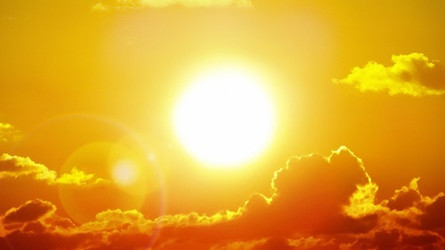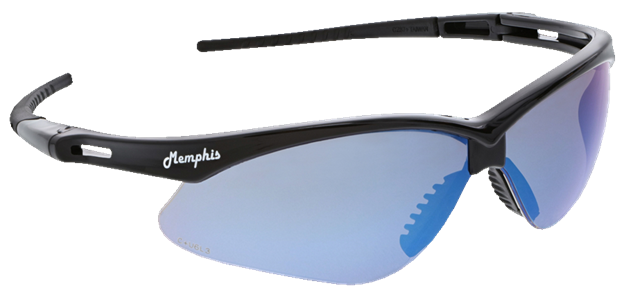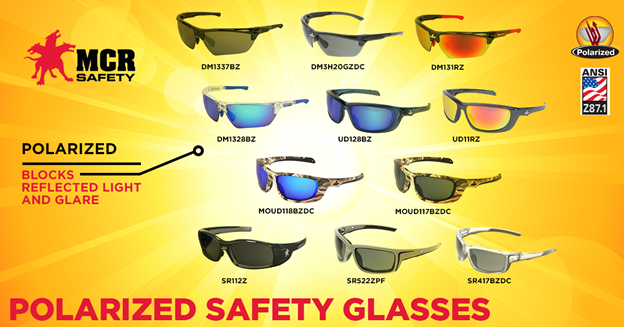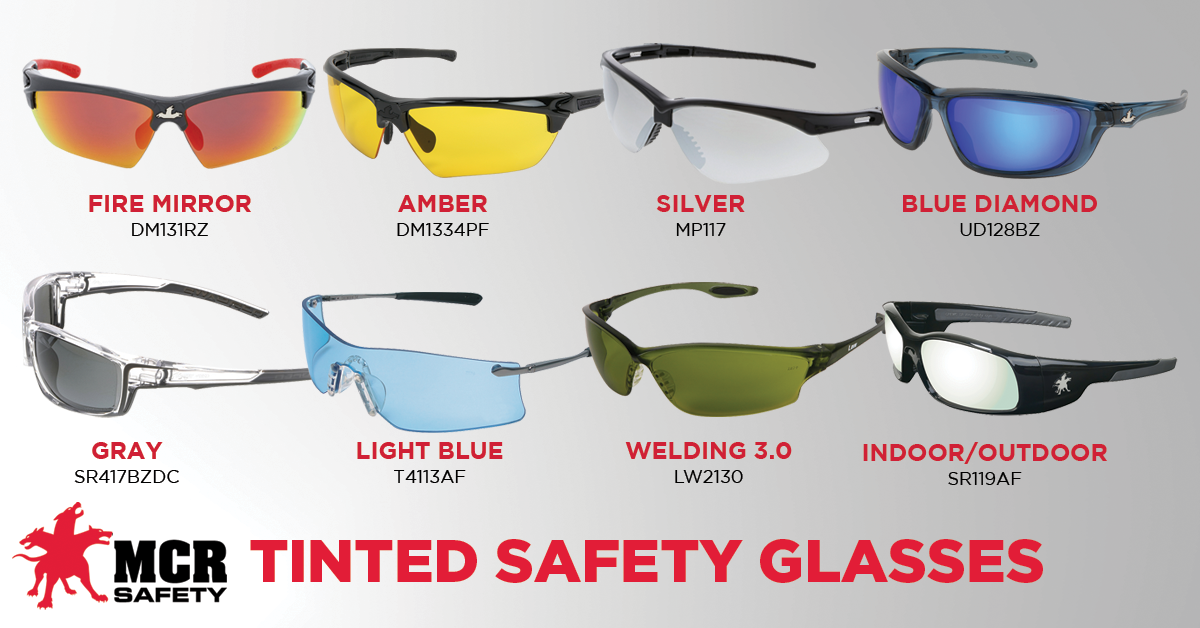Uncovering Ultraviolet UV Light
Posted by Anthony Webb on Oct 28th 2024
People may hear about ultraviolet (UV) light and UV rays from dermatologists and eye doctors. Still, in reality, the general public may not understand the intricate ins and outs of this kind of light—or the workplace hazards ultraviolet radiation can present.
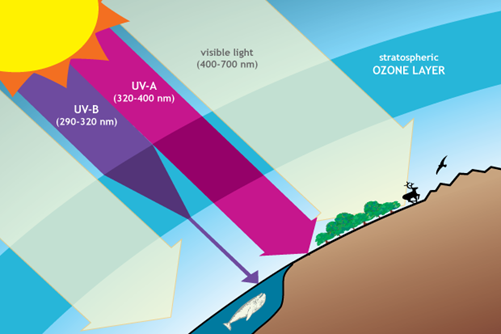
Light
UV light and radiation are naturally present in sunlight but can also be artificially produced by products like arc welders, mercury-vapor lamps, tanning lamps, and backlights.
MCR Safety understands the value of education regarding ultraviolet light and radiation and the importance of wearing protective gear to avoid the risks of exposure to it. Certain occupations place individuals at a higher risk for damage from UV radiation, and protective gear can help limit exposure and associated risks. This article will take an in-depth look at ultraviolet light, the risks that accompany exposure to ultraviolet rays, and how to stay protected from harmful UV rays—especially in the workplace.
Ultraviolet Light Definition
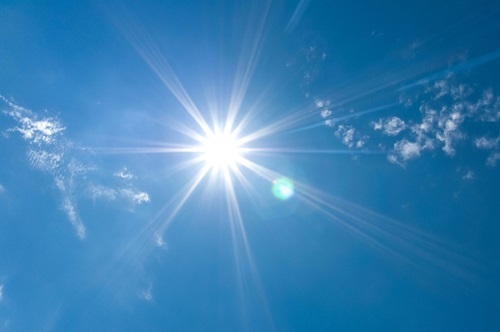
What is ultraviolet light? It's a kind of electromagnetic radiation that emanates from the sun, and it represents 10% of all the sun’s radiation. Ultraviolet technically means “beyond violet,” with violet representing the highest frequency of visible light. Ultraviolet light is what makes blacklight posters glow and also what gives people their summer tans and sunburns.
As we highlight in our article A Break Down of Blue Light Glasses, electromagnetic radiation, or UV light, is transmitted in waves or particles. It travels at different wavelengths and frequencies, known as the electromagnetic (EM) spectrum. This spectrum is broken up into seven segments, established in order of decreasing wavelength and increasing frequency, and is shown below.
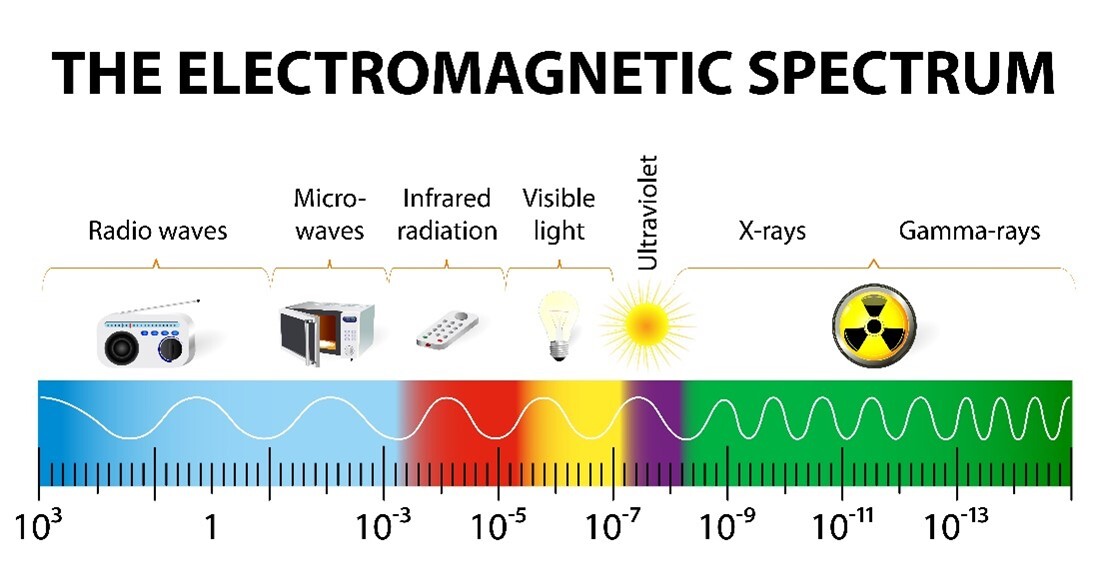
UV light is a kind of electromagnetic radiation measured in frequencies and wavelengths. It has a shorter wavelength than visible light.
Unfortunately, UV radiation can damage a person’s skin, which is why protection is so important. Wearing personal protective equipment (PPE) when working in or around UV light can help protect workers. We will cover that more in-depth below; first, let’s talk more about the different types of UV light.
Spectrum and Wavelength Classifications

There are three different kinds of ultraviolet light rays, segmented based on their energy. These divisions can be compared to the different wavelengths of visible light colors.
Here are the three types of UV light:
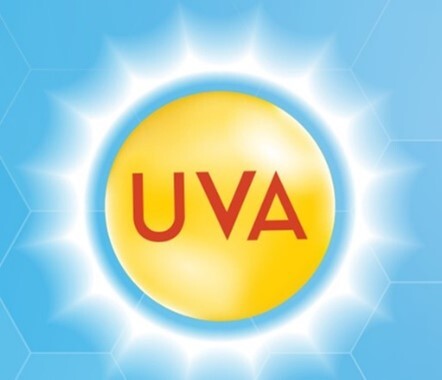
- UVA Light: UVA light, also called near UV, has wavelengths of 315 to 400 nanometers. It also has the least energy of all UV rays. These are the UV rays that cause the skin cells to age and can cause indirect damage to a cell's DNA. UVA rays are most commonly linked to long-term skin damage (like wrinkles or sunspots) but may also play a role in some skin cancer.
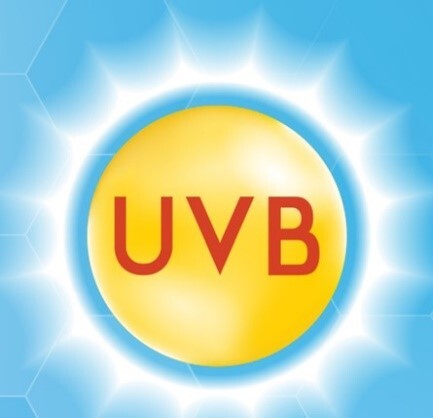
- UVB Light: UVB light, also called middle UV, has wavelengths of 280 to 315 nanometers and has a bit more energy than UVA rays. These rays can damage the DNA in skin cells and are the leading cause of sunburns. They are also linked to most skin cancers.
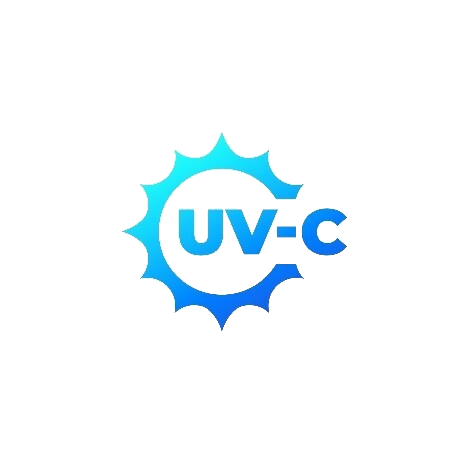
- UVC Light: UVC light, also called far UV, has wavelengths of 180 to 280 nanometers and has more energy than other kinds of UV rays. Luckily, these rays tend to react with the ozone high above the earth's surface and don't generally reach the ground. This means they are not usually a risk for skin cancer. However, UVC rays can come from other sources like arc welding torches, mercury lamps, and UV-sanitizing bulbs that kill bacteria in the water and on surfaces.
Higher-energy UV rays are so intense that they even have the power to ionize an atom or molecule and damage the DNA found in cells, potentially leading to cancer. However, even the highest UV rays are not powerful enough to penetrate deep into the body, which means UV light does the most damage to the skin.
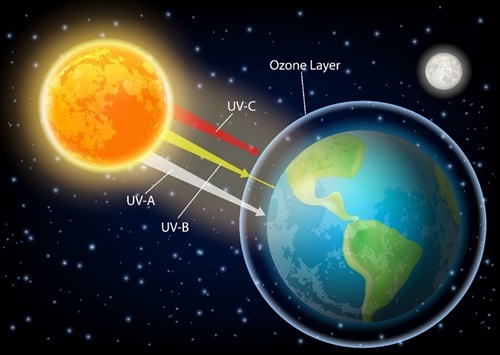
Visual of UVA, UVB, and UVC Entering Earth's Ozone Layer
Even though we can't see it, ultraviolet light is everywhere. While the ozone layer absorbs quite a lot of the UV rays that come from the sun, soaking up 99 percent of UVC rays, up to 90 percent of UVB rays. About 50 percent of UVA rays, the UV light that does manage to come through, can be pretty damaging to a person's skin and eyes and even trigger skin cancer.
Sunlight Risks
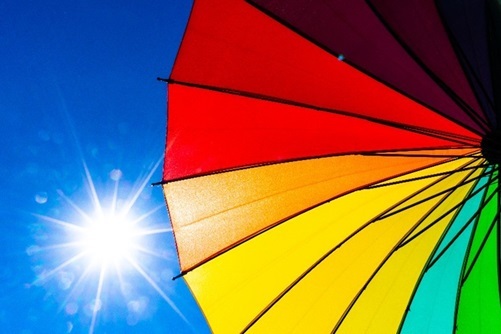
Prolonged or intense exposure to ultraviolet light and radiation can present significant health risks to both our eyes and our skin. Let's break down a couple of ways it impacts an individual's health.
Photokeratitis and Long-Term Eye Damage
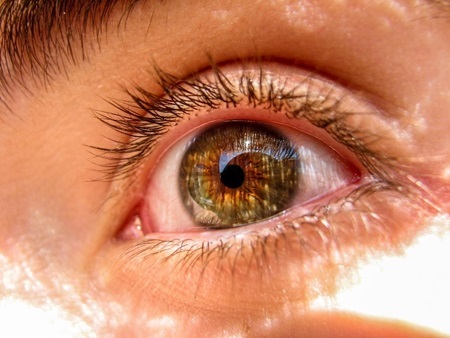
Our eyes are especially susceptible to UV radiation, and even a short period of exposure can lead to painful, temporary eye damage known as photokeratitis. It can also cause temporary damage and inflammation to your cornea, as well as cause conjunctivitis. In particular, UVA and UVB rays coming from the sun can result in long-term damage to the eye and even impact your vision.
Long-term UV radiation exposure can increase your risk of developing cataracts or macular degeneration. It's important to note that this exposure adds up over time, so exposure now can affect a person's vision down the road.
Skin Damage and Skin Cancer
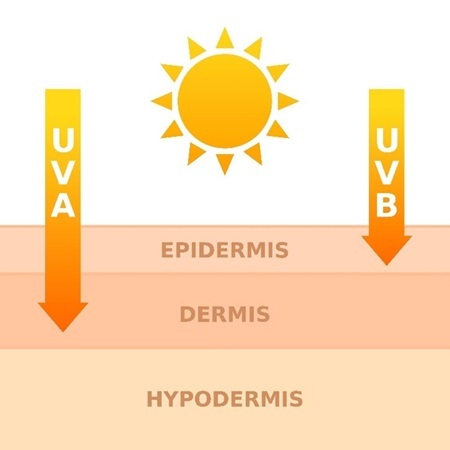
In addition to premature aging and wrinkles, UV radiation puts those exposed at a much higher risk of skin cancer. Most skin cancers directly result from exposure to UV rays, including basal cell and squamous cell cancers, the most common kinds of cancers. UV exposure also increases the risk of melanoma, a more severe but less common kind of cancer. While most of this UV exposure comes from sunlight, skin cancer has also been correlated to exposure to some manufactured UV light sources.
While all UV radiation poses some risk to human health, not all UV light is equally dangerous. UVC light is absorbed by the atmosphere before reaching the earth, posing little risk. UVA and UVB light, however, better penetrate the ozone layer and can damage skin and eyes. About 90 percent of UVB rays are absorbed by the atmosphere, but 50 percent of UVA light filters through. While weaker in strength than UVB radiation, UVA radiation penetrates the skin more deeply and is more prevalent than UVB light, potentially causing more damage.
High-Risk Individuals
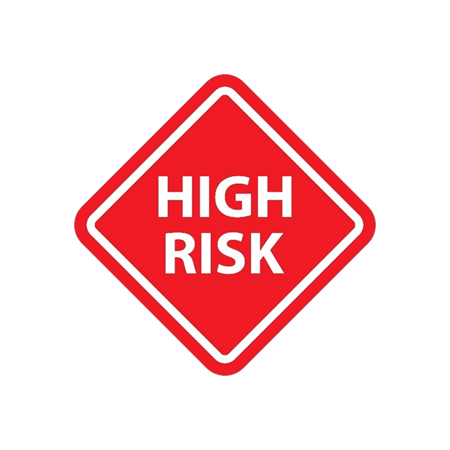
Depending on a person's profession, they may be more likely to suffer from health issues due to exposure to UV radiation. People who regularly work outdoors are most prone to UV radiation. However, they are not the only ones who need to be concerned. Those who participate in arc welding, those who cure paints and inks, and people who use UV light in the disinfection of equipment in hospitals and labs also face increased UV exposure. In addition, anyone who uses ultraviolet devices is at a higher UV risk. Examples include transilluminators, hand-held UV units, germicidal lamps, and backlights.
Some occupations with a higher risk of UV radiation exposure include:
- Agricultural workers
- Construction laborers
- Contractors and subcontractors
- Dentists and dental office workers
- Dermatologists
- Forensic experts
- Freight truck drivers
- Lab workers
- Lighting techs
- Outdoor laborers
- Paint curers
- Pediatricians
- Physiotherapists
- Plasma torch operators
- Photographers
- Printing professions
- Salon employees
- Surveyors
- Welders
Some people are also at a higher risk of UV-related skin cancer because of their health or genetics. Transplant recipients, those with compromised immune systems, and people who have a family or genetic history of skin cancer may require additional sun protection and early detection strategies according to their individual health needs and risks.
Here are some additional links to leading authorities on the subject of UV exposure-related health risks:
Radiation Safety

One important thing to remember is that there is no safe exposure to UV rays; there's no safe suntan. UV radiation causes premature skin aging and wrinkles, eye cataracts, and skin cancer, among other potential health hazards.
The risk of UV sunlight exposure is the highest during the summer between 10:00 am and 4:00 pm. During these times, those who work outdoors have an increased chance of UVA and UVB radiation exposure and may find they are getting sunburned more quickly than at other times of the year. Snow, light-colored sand, and reflective surfaces like water also increase the potential for sunburn or skin damage.
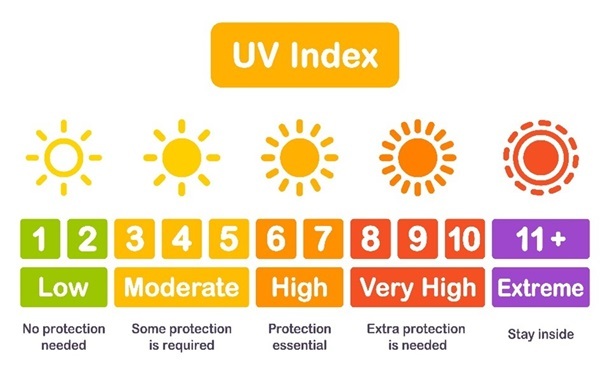
UV levels are measured on a scale from 1 (low) to 11+ (extreme).
At different times of the year, light and weather conditions can affect the UV index and cause some variation. The UV index is impacted by several factors, including:
- Altitude
- Cloud cover
- Location
- Surrounding surfaces
- Time of day
- Time of year
UV exposure is just as valid and dangerous for synthetic UV light sources like arc welders and solariums. Regardless of the source, UV danger depends on the light's strength, exposure length, and whether or not the skin and eyes are protected.
Safety Considerations
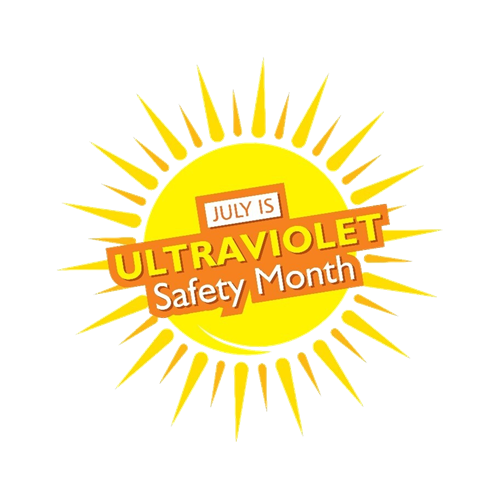
A suntan and that “healthy glow” is what many people want when the summer season comes around. However, most people don’t realize that tanning is a measure of UV exposure and risks damage to the skin, the natural defense of your body to the sun. When too much UV light is absorbed, a sunburn occurs. Excessive or repeated exposure to UV light and radiation increases skin damage or cancer potential. To lessen the risk of UV radiation damage, you should take the following safety precautions:
- Avoid prolonged exposure to the sun or other UV light sources.
- Know your sunscreen: SPF only refers to how long a person will be protected from UV rays before the skin burns. For example, SPF-15 means a person can stay in the sun 15 times longer before burning—and only refers to UVB protection. To protect against UVA rays, workers should look for products containing Mexoryl®, Parsol® 1789, titanium dioxide, zinc oxide, or avobenzone.
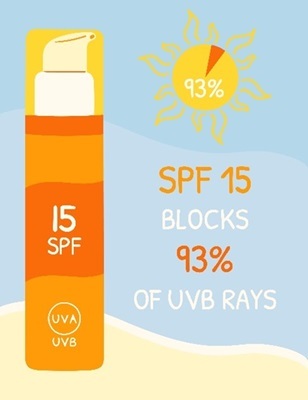
Sunscreen
- Apply sunscreen liberally every 2 hours or more frequently if you sweat heavily.
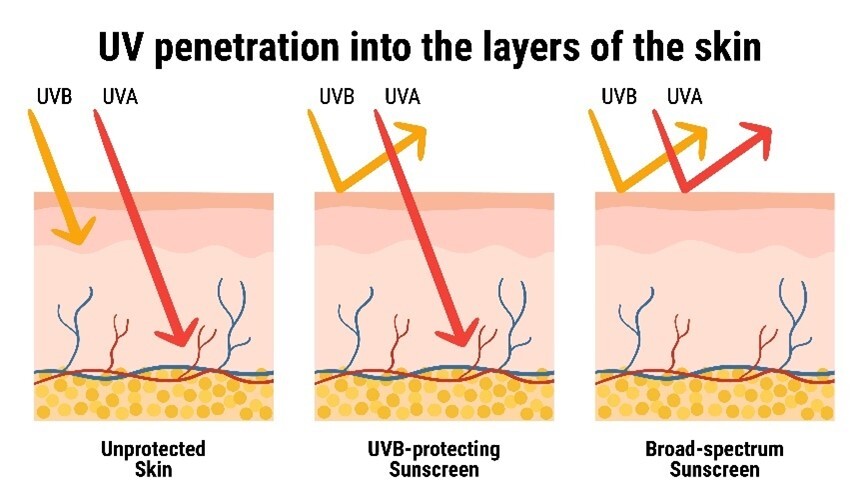
Unprotected skin allows UVA and UVB to penetrate the skin's natural defenses.
- Take frequent breaks in a shaded spot.
- Wear protective clothing, such as long-sleeve hi-vis shirts, Boonie hats, neck gaiters, etc.
UV Clothing and Safety Glasses
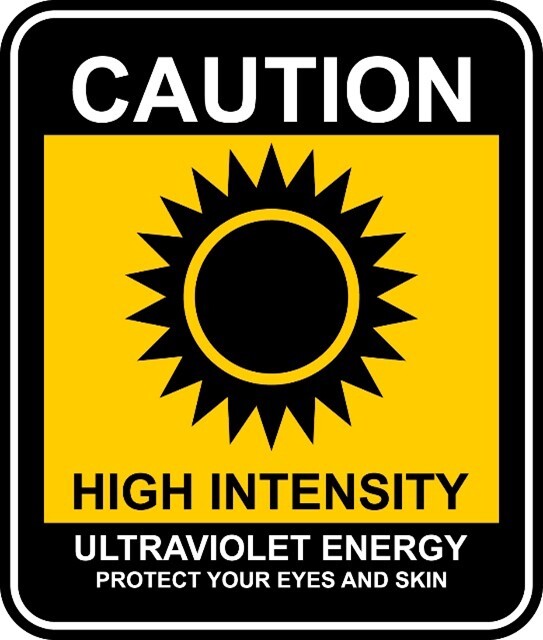
Workers should use PPE to shield their skin and eyes at worksites when UV conditions are intense—or anywhere there is a potential for prolonged exposure to UV light. Protective gear is highly recommended when UV index levels are three or higher.
UV Clothing

Whenever you're outside working, it is essential not to forget the vulnerable parts of the body that sometimes are overlooked, like the face, neck, and arms. Workers should consider wearing UV protective clothing with either a tight weave, a high ultraviolet protection factor (UPF) rating, or both. Neck gaiters and long-sleeve high-visibility shirts are practical tools to protect against UV exposure.
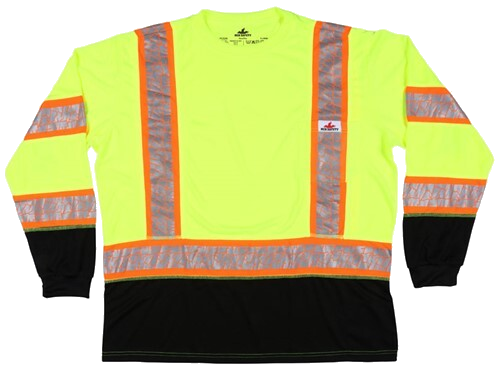
Our FFLTC3SL hi-vis shirt provides an ultraviolet protection factor (UPF) of 50+. The UVPF number shows how much UV radiation is allowed through the garment and reaches your skin. UPF 50-rated fabric blocks 98 percent of the sun's harmful rays. In addition to the shirt, we also recommend neck gaiters, which will help shield your neck and face from UV light. At this time, there is no official UPF number for our neck gaiters; however, gaiters have been accepted by many as an excellent aid in keeping the sun at bay.
We carry an extensive lineup of shirts; however, not all have a UPF score. You can access all shirts here.
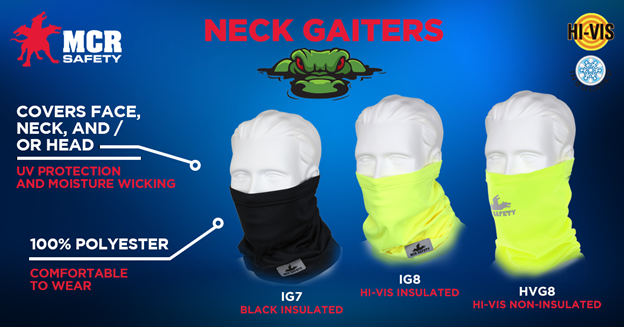
Click the above image for all of neck gaiter options.
Safety Glasses
In addition to protecting one’s skin, it’s crucial also to protect the eyes. All MCR Safety glasses block 99.9% of UVA/UVB/UVC up to 385 nm within the UV light spectrum. You can visit our eye protection online catalog and know that all our styles protect you from UV light.
Polarized styles are known for blocking UV light and reducing glare.
Check out our lens tint guide that will help you select the best lens tint.
In addition, we've added some newer styles with a UV420 lens, which blocks 99.9% of harmful rays up to 410nm.
- OG220PF420
- KD720PF420
- KD720PF420
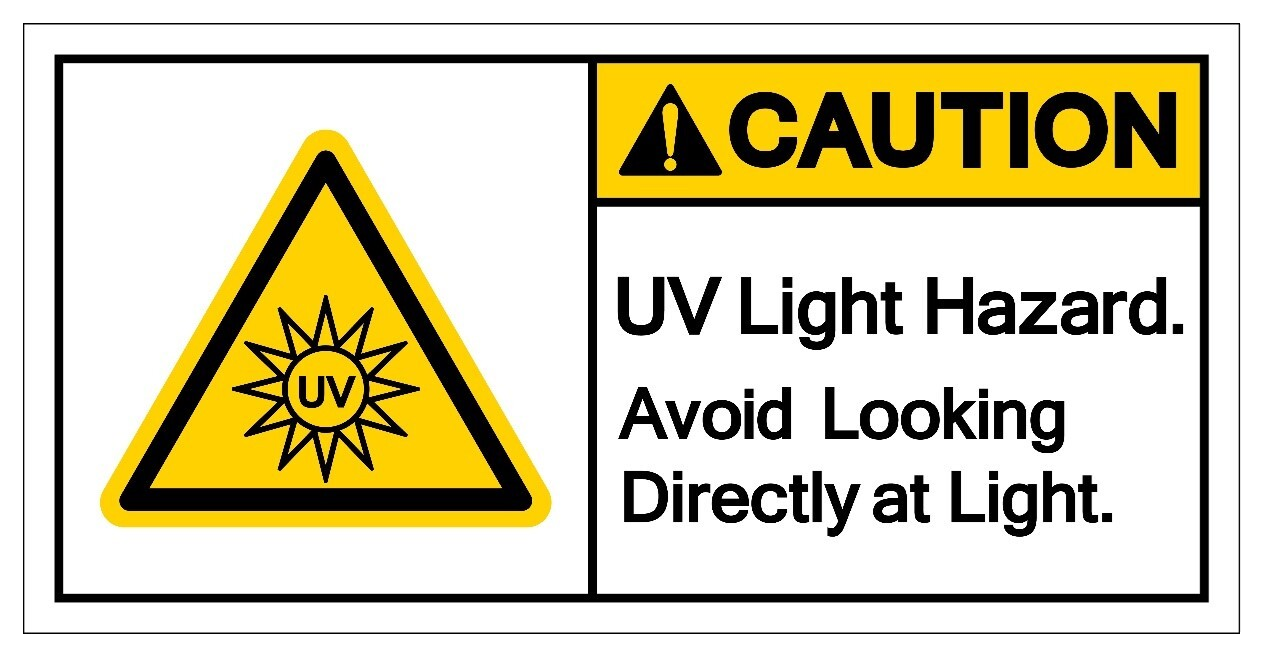
Common Questions

What does ultraviolet light look like?
- The ultraviolet light that reaches the earth's surface is invisible to most animals and humans. However, we can still feel the impact of UV light when we get sunburned or when we experience snow blindness. In reality, ultraviolet light is a deep, intense purple color, but the wavelength of UV light is outside the spectrum of visible colors for most of us—meaning we can't see it with the naked eye.
What is ultraviolet radiation?
- Ultraviolet (UV) radiation is a type of non-ionizing radiation emitted by the sun and artificial sources like tanning beds, welding torches, and mercury-vapor lighting commonly found in stadiums and school gyms. UV radiation can also be emitted from halogen bulbs, fluorescent and incandescent light sources, and some types of lasers.
Can you see ultraviolet light?
- Most people cannot see ultraviolet light on a routine basis. Generally, humans can see light with wavelengths between 380 and 700 nanometers (nm), which includes all the colors of the rainbow. Since UV light has wavelengths shorter than 380 nm, most UV light goes undetected by the human eye. Photographers can alter their cameras to capture direct ultraviolet light.
Some people can see UV light waves, however. These individuals have a condition called aphakia. They are missing an eye lens, often because of surgery or genetics, which allows them to see beyond the visible light spectrum. Commonly, those who have aphakia also have blurry vision and farsightedness. Interestingly, famous Impressionist painter Claude Monet had aphakia after undergoing surgery to remove his cataracts, significantly impacting his painting. After his surgery at the age of 82, he began to paint the blue lines he saw on the white petals of water lilies when he saw some of the UV light bouncing off the white petals.
Protecting You from Harmful Rays
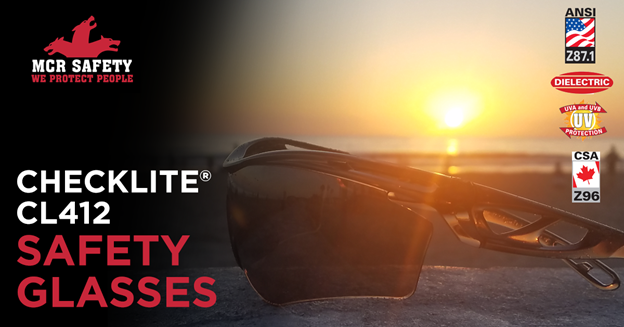
At MCR Safety, we understand that the first step in preventing the health risks associated with ultraviolet light is to don the proper safety equipment. Especially working outdoors, UV radiation is unavoidable, which means that the proper PPE, including protective clothing and safety sunglasses, can make all the difference in reducing the risk of exposure and keeping you safe in the workplace.
Click the below image to leave us comments, questions, or any concerns.

For over 45 years, MCR Safety has proven to be a world leader in gloves, glasses, and garments. Whether it's working in the kitchen, cleaning the bathroom, building and repairing infrastructure, or at a construction site, we are there providing solutions to workplace hazards. It's all part of our commitment to protect people.
No matter your industry, we have the personal protective equipment you need.
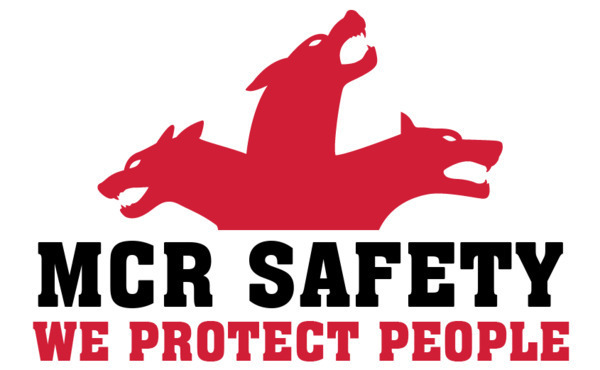
Learn more about MCR Safety by checking out our most recent video. For more information, browse our website, find a distributor, or give us a call at 800-955-6887.

